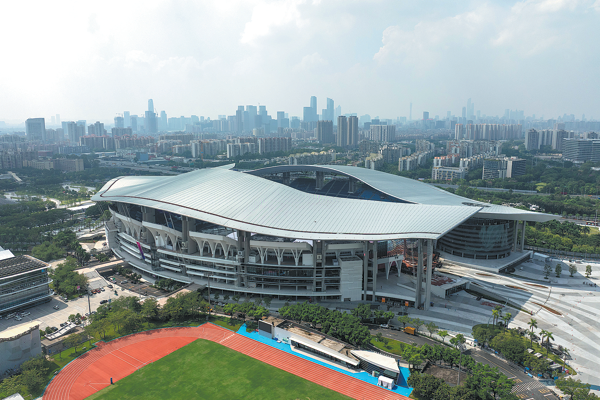Expert: Many factors helped virus spread in Guangzhou

Several factors, including flows of people in densely populated risk areas and more efficient tests, contributed to a rise in the number of COVID-19 infections in Guangzhou, Guangdong province, over the past few days, a local disease control and prevention official said.
In risk areas high population density in Haizhu district — which was hardest-hit in the latest spate of the pandemic — the flow of people has accelerated the spread of the virus, said Zhang Zhoubin, Party secretary of the Guangzhou Center for Disease Control and Prevention.
"There was no total isolation at home in risk areas — mostly narrow spaces with poor ventilation," Zhang said at a news conference on Monday.
The city reported its highest level of new infections in a single day on Monday, with 114 new locally transmitted confirmed cases and 2,263 asymptomatic carriers, according to the local health commission.
Testing to identify infected people has been greatly improved, Zhang said, after a large number of people from high-risk areas were transferred to hotels in the past few days.
"Some infected people who had not received nucleic acid tests in time previously, were also found, following strengthened prevention and control efforts," he said, adding that the short incubation period of the virus had led to a significant increase of infections over the past few days.
"Most of new infections were found in closed-loop management areas and quarantine sites," he said. "The number of infected people found at the community level is very small."
- Leonid meteor shower seen in China's Heilongjiang
- China moves to accelerate modernization of state forestry farms
- Autonomous vehicles charting new path
- Azerbaijani youth has a passion for Chinese language and culture
- Liulihe site to be 'next heritage project'
- Circus festival keeps pace with the times





































